👉ITA Version👈 (ENG Ver below)
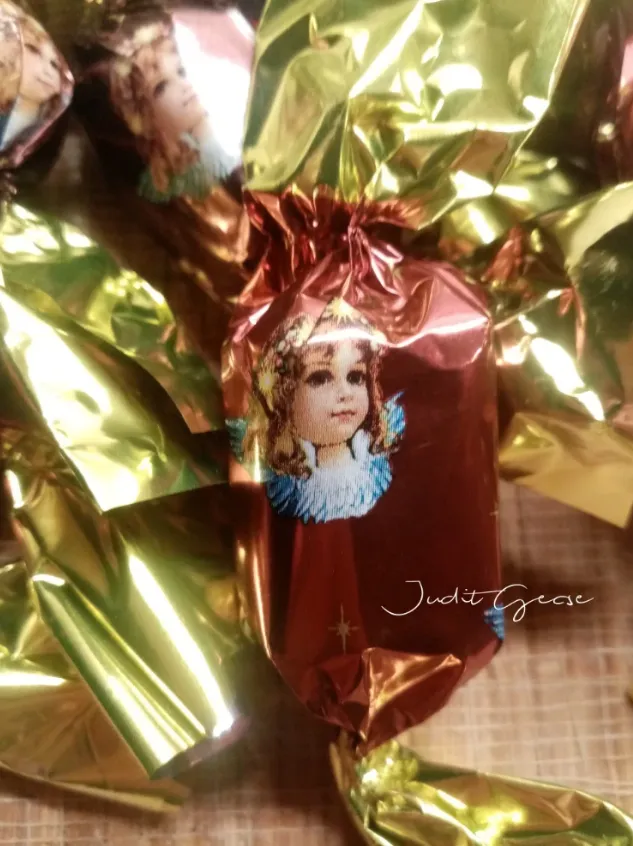
Chi ha sentito parlare di caramelle di Natale??
L'antenato dello zucchero di Natale è lo zucchero fondente, che viene dalla Francia.
Il XIV. iniziò la produzione nel XVI secolo.
Lo zucchero fondente era costituito da una soluzione zuccherina, lo zucchero veniva fatto bollire e da esso si otteneva una massa soffice e cristallizzata.
Si diffuse in Ungheria alla fine del 1800.
Nel salotto delle case nobiliari, questo dolce veniva offerto agli ospiti che arrivavano a casa in ciotoline a Natale.
Da qui il suo nome: zucchero di Natale.
Il nome della caramella deriva dalla parola tedesca salonzuckerl.
Dalla Germania viene l'usanza di allestire un albero di Natale a Natale.
Ma decorare l'albero di Natale con le caramelle natalizie è una tradizione tutta ungherese.
Allestire i primi alberi di Natale in Ungheria era un privilegio delle famiglie benestanti.
All'inizio, l'albero di Natale era decorato con pan di zenzero, frutta secca e decorazioni fatte in casa di carta.
Successivamente, la caramella offerta nel salone da una ciotola è stata posta sull'albero di Natale come ornamento.
Abbiamo ancora questa tradizione, decoriamo l'albero di Natale con palline di Natale colorate, caramelle natalizie e candele.
Quando eravamo bambini, legavamo una treccia di caramelle natalizie e la appendevamo all'albero di Natale.
Ma una volta lo era, mi piace ricordarlo.
Ecco alcune foto di caramelle natalizie.
È già disponibile in tutti i gusti e in tutte le confezioni colorate.
Gelatina al cocco, castagne, rum e altri aromi.
Mi piace di più la gelatina.
Ed ecco la foto, caramelle natalizie fatte a mano e di stoffa, dentro c'è del caramello, l'ho preso da uno dei miei conoscenti.
Avete mai assaggiato una tale caramella di Natale?
Grazie mille per aver letto il mio articolo!
Buona giornata amici miei!
Ungheria, 20.01.2022 19:39 pm

Foto hu.jf-staeulalia.pt/collection-divider
👉ENG Version👈

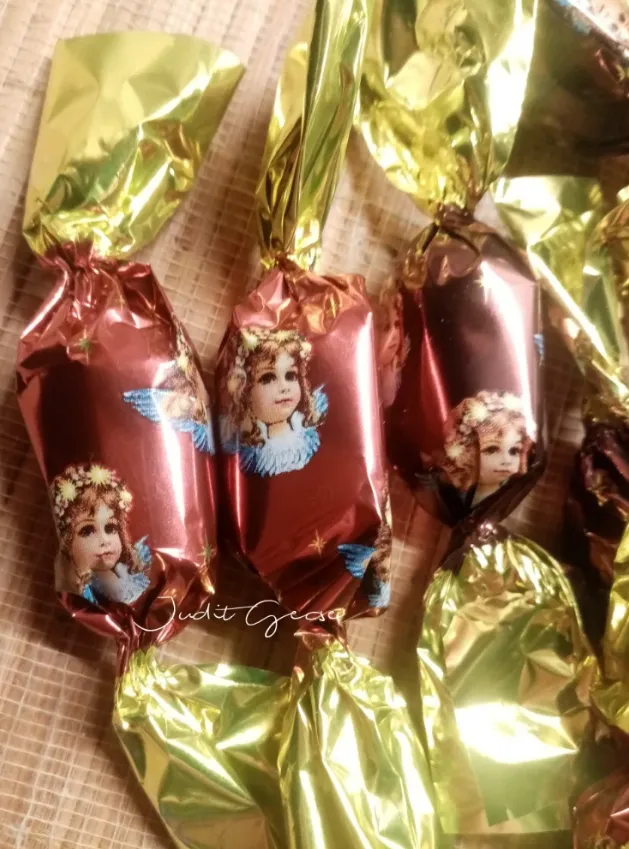
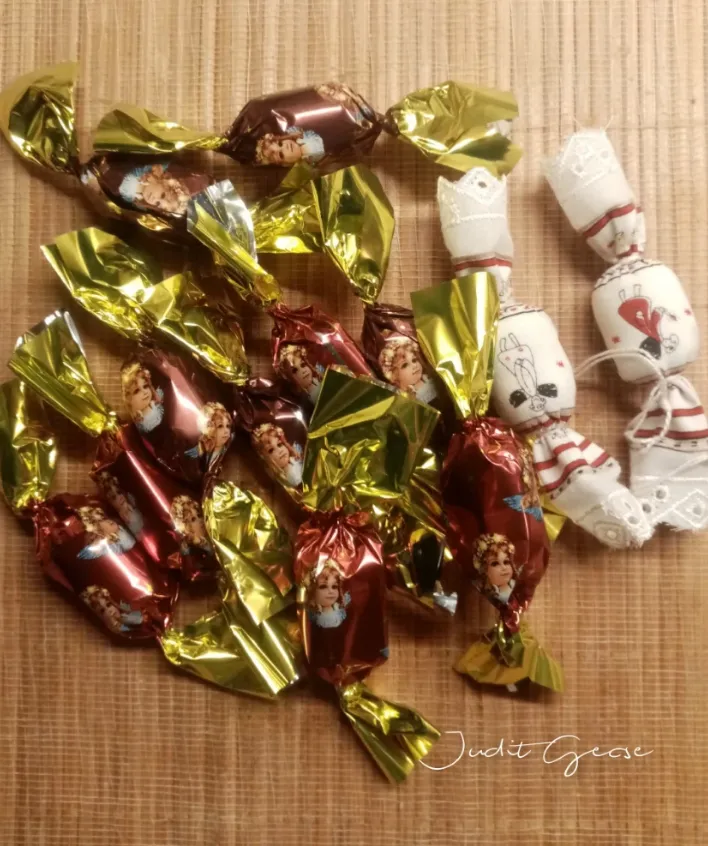
The ancestor of Christmas sugar is fondant sugar, which comes from France.
The XIV. began production in the 16th century.
The fondant sugar was made from a sugar solution, the sugar was boiled and a soft, crystallized mass was obtained from it.
It spread in Hungary in the late 1800s.
In the salon of noble houses, this sweet was offered to guests arriving at the house in small bowls at Christmas.
Hence its name: Christmas sugar.
The name of the candy comes from the German word salonzuckerl.
The custom of setting up a Christmas tree at Christmas comes from Germany.
But decorating the Christmas tree with Christmas candy is a completely Hungarian tradition.
Setting up the first Christmas trees in Hungary was the privilege of wealthy families.
At first, the Christmas tree was decorated with gingerbread, dried fruits, and homemade decorations made of paper.
Later, the candy offered in the salon from a bowl was placed on the Christmas tree as an ornament.
We still have this tradition, we decorate the Christmas tree with colorful Christmas balls, Christmas candy, and candles.
When we were kids, we tied a braid of Christmas candy and hung it on the Christmas tree.
But it used to be, I like to remember that.
Here are some photos of Christmas candies.
It is already available in all kinds of flavors and in all kinds of colored packaging.
Jelly in coconut, chestnut, rum, and other flavors.
I like the jelly the most.
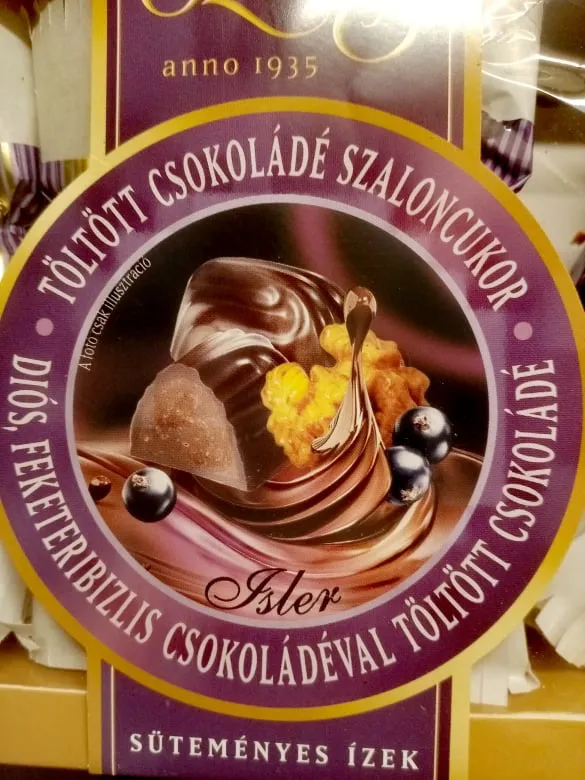
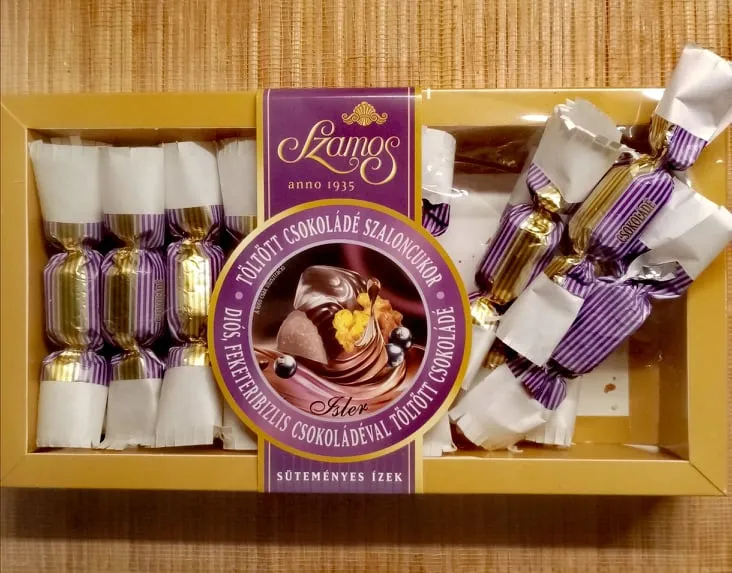
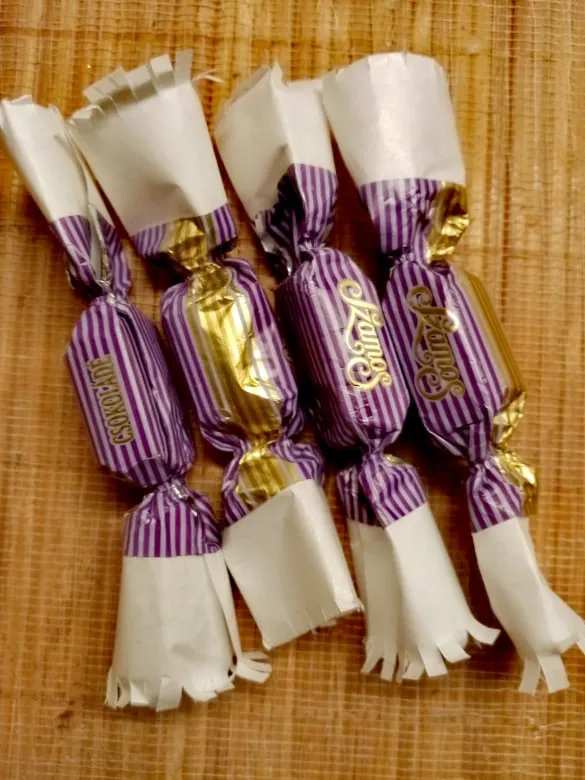
And here the photo,they are handmade candies wrapped in their own hand-woven canvas.
Milk caramel sugar is also homemade.
I got it from one of my acquaintances.
I take great care of it, it's a real curiosity.

Have you ever tasted such a Christmas candy?
Thank you so much for reading my article!
Have a beautiful day, my dear friends!
Hungary, 20.01.2022 19:39 pm